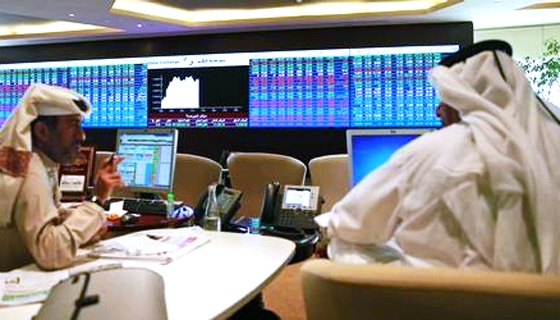Driven by large investments in construction, services and transport sectors, Qatar’s overall GDP is projected to grow in the range of 6.8 percent to 7.8 percent during 2014-16 and the non-hydrocarbon share to GDP is set to hit 57.2 percent by 2016, QNB Group’s Qatar Economic Update said.
The country’s current account surplus is projected to narrow over the medium-term on lower oil prices; with the fixed exchange rate to the US dollar. Qatar’s international reserves are projected to remain adequate and most of the oil and gas exports are destined to Asia. Qatar’s fiscal policy aims to maintain budget surplus, while undertaking large infrastructure investments. The budget surplus is likely to moderate over the medium term on stable hydrocarbon revenues and higher infrastructure spending.
According to QNB analysts, a growing share of revenue is coming from non-hydrocarbon resources through investment income and a 10 percent corporate tax. Public debt is likely to fall over the medium-term as government relies more on its own resources to finance infrastructure spending.
Qatar’s monetary policy aims to maintain the fixed exchange rate. Broad money is likely to moderate while domestic interest rates move in line with US rates. Inflation remains moderate on higher domestic inflation offset by lower foreign inflation. While domestic inflation is likely to rise due to the large housing demand pushing up rents, this is projected to be offset by falling foreign inflation until 2016.
QNB Group analysis noted that Qatar had the fastest asset growth in the GCC region in 2013, which is likely to continue through 2016. Growth in assets, loans, deposits and profits has been strong with lending to the government and population growth as key drivers. Deposit growth is outpacing loan growth as government borrowing has recently slowed.
The loan-to-deposit ratio has fallen in 2013 on lower government borrowing and improved liquidity, which has moderated returns on assets and equity; banks are well capitalized and the share of non-performing loans remains below 2 percent. Qatar’s banking sector is highly concentrated with the top five banks accounting for 82.2 percent of banking sector assets. With 47.5 percent market share by assets, QNB ranks top, followed by CBQ, QIB, Doha Bank and Masraf Al Rayan. QIB is the largest Islamic lender with a market share of 8 percent and an return on equity (ROE) of 9.9 percent at end-2013. The top banks profitability metrics are strong with low- non-performing loans. ROE have moderated in 2013 as the government has reduced its reliance on banks to finance ongoing projects. CBQ experienced high non-performing loans relative to its domestic peers at end-2013 owing to its international expansion in the Turkish market.
Commenting on Qatar’s economic growth forecast by QNB, Dani Kabbani, Doha Managing Partner of International Law Firm Eversheds, said: “This is obviously great news for Qatar and we have felt the increase in activity and expansion of the non-hydrocarbon sector. On the one hand, the strategic gas moratorium decision has not only played a role in maximizing the gas utilization for the coming generations but was a precursor of the over increasing activity in the non-hydrocarbon sector. Qatar’s effort to support local private initiatives and promote foreign investments through various initiatives and regulatory amends is also playing a major role in encouraging investments in non-hydrocarbons activities.”
The Peninsula
26 September






















































